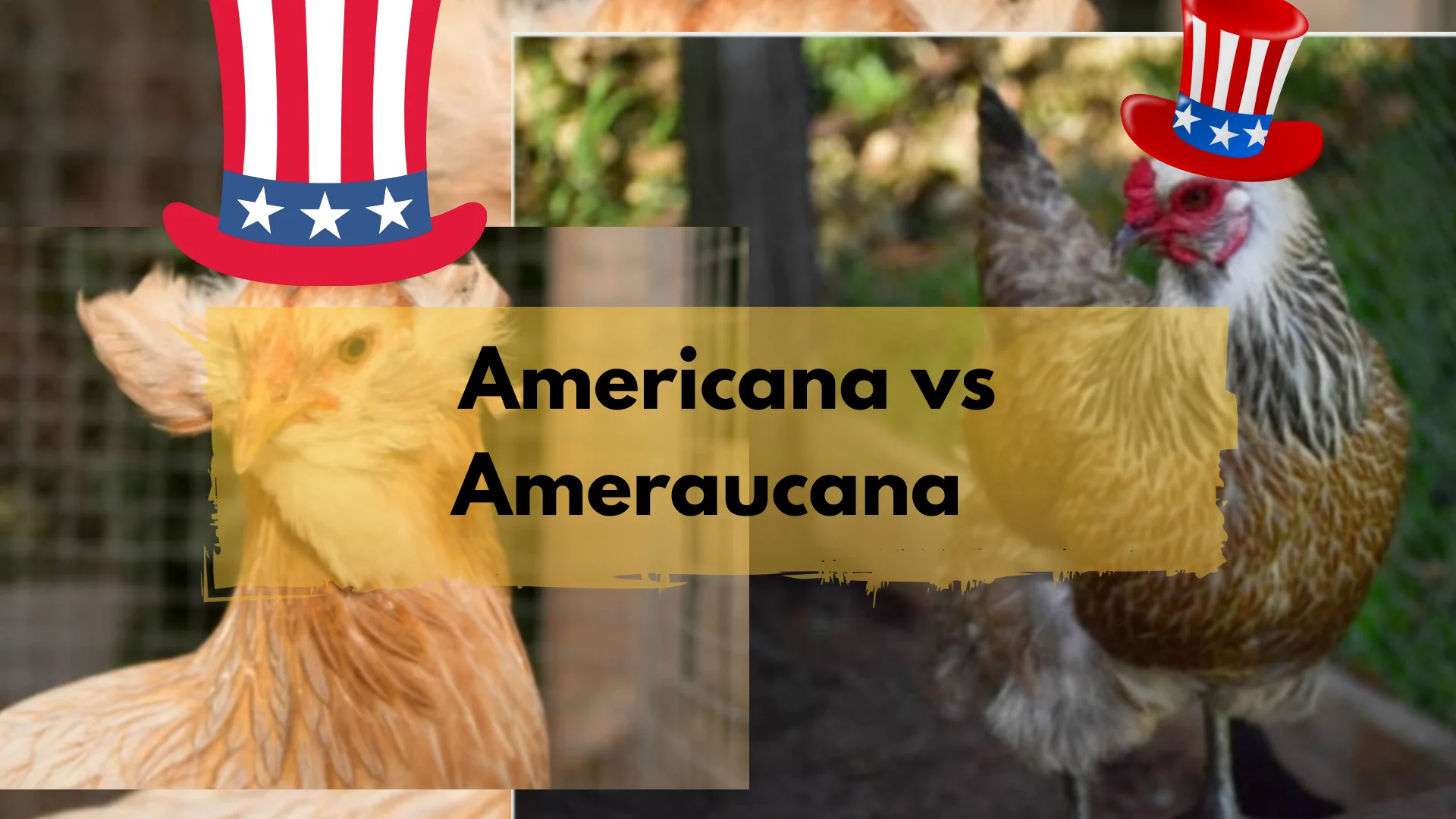These names have been confused for years and the confusion is more than just spelling, it is a mixed breed bird VS a true breed bird! It is easy to see why if you are new to chickens (or not), that these two seemingly “same” names can leave you scratching your head.. . Both can have beards and muffs, both can have slate colored legs, both can have pea combs and both can boast of the ability to lay blue eggs, yet they are completely different chickens! One is a true breed and one is a hybrid. Let’s look at the details
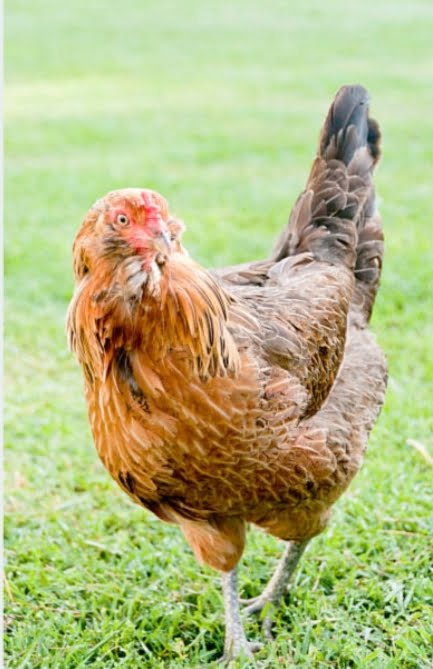
The “Americana” AKA the Easter Egger
The Easter Egger, many times labeled as “Americana” is NOT a breed, but across from an Ameraucana and either a light brown or white egg-laying breed. They do not breed true and therefore not a true, standardized breed.
Easter Egger appearance;
Eggs: known as good layers, they can produce green, blue, pink and brown eggs
Features: they are typically bearded with muffs but not always, I even had one with a small crest! They have green, slate, or yellow legs. Their beaks can range from yellow, bi-colored, black, grey, or white.
Colors: These fowl come in a wide range of any known chicken color, typically mixed or “peppered” looking but can come in solid colors as well, such as white,red,black, blue and even partridge, barred or duckwing
Combs & wattles: Combs can be pea, single, rose, or a bizarre-looking mixture of any. Wattles are typically small or non-existent in hens, medium to large in roosters.
Eyes: red, brown, yellow or a mix
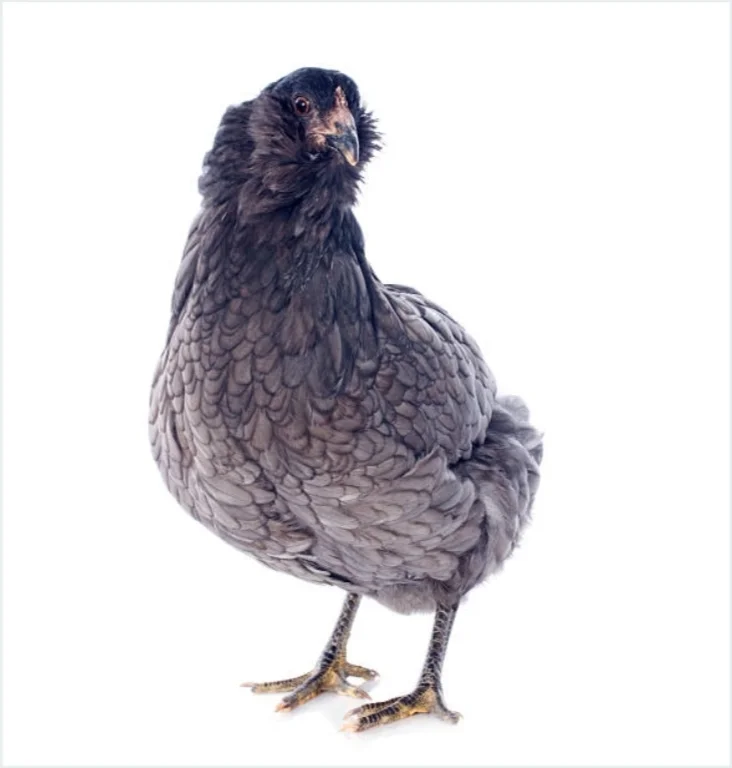
Easter Eggers make a fun flock bird because no two are alike, their colors and traits can range greatly, but they all seem to maintain the friendly and curious demeanor we have all come to love in the hybrid. They are hardy, make good foragers, and make good backyard birds. They can be kept cooped or free-range
The Easter Egger chicken is one of the most widely mislabeled and easily confused chickens in North America. Easter Eggers are very often called Ameraucana or “Americana”, which is sadly detrimental to the true APA recognized Ameraucana breed.
Many of the most popular hatcheries are guilty of mislabeling, so it is just best to research and educate yourself before you purchase! It is highly likely that if a hatchery or feed store is selling “Ameraucana”, they are in fact Easter Eggers.
Don’t get me wrong, Easter Eggers are a delightful hybrid and we have owned many of them ourselves!
They are honestly dual-purpose, laying well over 200 eggs a year, and can make decent table fowl. They are best known for their colored eggs and friendly personalities. Their popularity in the USA continues to grow and it is clear to see why! If you want a fun backyard bird that can lay any number of colors (each hen lays only 1 color) and comes in a rainbow of plumage, the Easter Egger is the chicken for you!
The Ameraucana
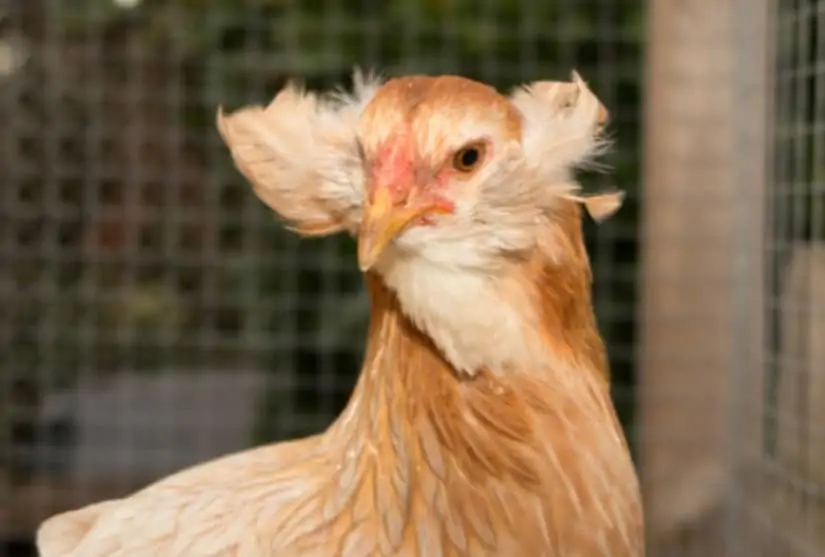
The Ameraucana is a personal favorite of mine and can be very difficult to find, so if you are looking to add them to your flock, please seek out reputable breeders that try to breed to the standard of perfection.
The Ameraucana was inducted into the American Poultry Association Standard of Perfection in 1984. The breed has eight recognized color varieties: black, blue, blue wheaten, brown red, buff, silver, wheaten, white and now self blue, there is also Isabel, mottled and others being bred by some, but those varieties are not yet recognized by the APA.
Appearance: Pea comb, slate to black legs, curved beak, beard and muff on their face, expressive red bay colored eyes, upright tail, wattles are small or non-existent, small earlobes covered by the muff feathers, breast is full, medium length body with well tucked stern, arched neck and feet have four well spread toes.
The breed is known as being a winter hardy dual purpose bird, laying moderately (3 to 5 eggs a week) year round and also being a good meat bird. They are middle ground in the pecking order, allowing themselves to be bossed around by more aggressive but also being bossy to timid birds. Ameraucana are inquisitive and people friendly, usually being the first to greet their people in the flock expectantly seeking treats.
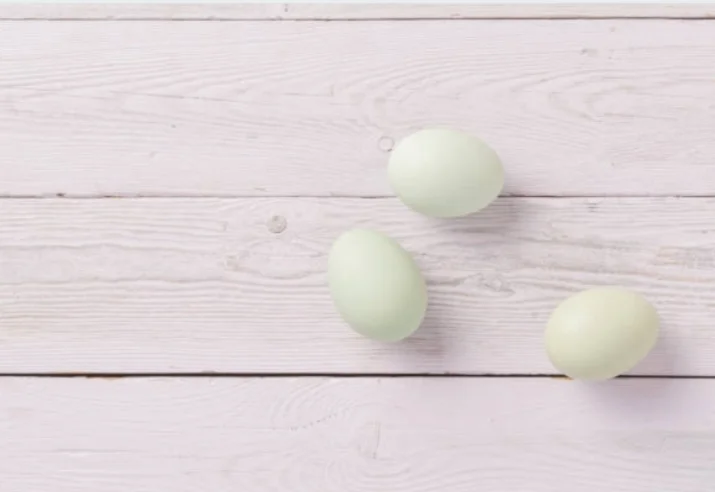
The Ameraucana is a medium sized fowl, weighing 5 to 7 pounds, they don’t often go broody, they can handle confinement well but also make excellent foragers when free ranging. They adapt well to different climates and environments, making them a wonderful breed for any chicken fancier. To me, the blue hue eggs are just a bonus!
It appears that the Ameraucana is a descendant of the Araucana of South America, but the Ameraucana is an American breed with much improved fertility, lay rate, temperament and overall hardiness. The breed was developed in the 1970’s, the lethal rumpless and tufted genes were bred out to create an improved bird.
The Araucana
Also known as the South American Rumpless, the origins of Araucana were first created by the Araucanian Indians of Chile, which explains the breed’s name. The Araucana is the descendant of two South American breeds: the Collonca, a blue egg layer that is rumpless and the Quetro, a light brown egg layer with a tail and ear tufts.
The Araucana is considered quite rare and very unique, along with being known for its blue eggs, it is made famous by its tufted face and rumpless rear; rumpless meaning it has no tail! Sadly the tufts and rumplessness cause a lethal genetic allele that kills approximately 25% of all chicks during development within the egg. Dedicated breeders continue to keep this unique bird alive and thriving. The Araucana is currently being studied by the Livestock Conservancy!
The hens are well known for their foraging abilities but also low tolerance of captivity. These chickens much prefer acres to roam than even the best coops; they are active, athletic, and very self-reliant for insects and goodies found on the farmyard. If you want to consider adding these beauties to your flock, be sure you can free-range them.
Araucana are a medium breed, ranging 4 to 5 pounds, considered dual purpose for meat and eggs, laying 150 to 180 eggs a year and accepted colors are black, white, black breasted red, silver duckwing and golden duckwing. Breeding stock must have ear tufts and must be rumpless, lacking tufts or having tails is a disqualifier. The breed must have a pea comb and willow colored legs with the exception of black legs on a black bird and yellow legs on a white bird.
If you are looking to add this breed to your farm or homestead, you will need to seek out dedicated breeders that maintain the standard of perfection. You should also further research to be sure this breed is right for you!
The Olive Egger
The Olive Egger is like that of the Easter Egger but this hybrid lays a beautiful dark olive green egg and the parent birds are slightly different; typically the parents are Ameraucana, Araucana or Legbar with Marans, Barnvelder or Welsummer, producing a beautiful olive green egg in varying shades.
Like Easter Eggers, Olive Eggers do not breed true and there isn’t a standard. The chickens will display traits from both parents, for example; a chick hatched from a cuckoo Marans and an Ameraucana will most likely have the barring coloration of the cuckoo Marans with possible leg feathering and the beard/muff with a pea comb of the Ameraucana.
Olive Eggers have a very similar temperament to Easter Eggers, have a decent lay rate of 150 to 200 eggs a year, also a dual purpose bird and can handle confinement or free range keeping.
Other Blue or Green Layers
Here are a couple true breeds that also lay beautiful eggs:
Crested Cream Legbar; a layer of blue eggs, rarely broody, excellent layer of 200+ a year, happy cooped or free range and the favorite part about this breed is that it is an auto-sexing breed, meaning you know if the chick is a boy or girl the moment it hatches based on its color!
Swedish Isbar (or Silverrudds Blue); layer of green eggs, good foragers, friendly temperament, laying 150+ eggs a year, can be auto-sexing, developed by a Swedish Monk for beautiful color and unique eggs.
Hybrids:
Whiting True Blue; a light blue egg layer produced for hatcheries by Dr Tom Whiting, laying over 200 eggs a year, come in a range of colors, heat tolerant and free ranges well.
Whiting True Green; a green to brown egg layer also developed by Dr. Tom Whiting, laying over 200 eggs a year, their colors range in various shades of reds and chestnuts, good forager but tends to be flighty.
*These two last listed are hybrids, they do not breed true and it is stated that they do not always lay the egg colors they were intended to lay and are not hardy chicks, purchase with caution and research.
In Summary
The Easter Egger is a delightful hybrid chicken that would add color to any flock, although not a true breed and often mislabeled as an Ameraucana or Americana. The Ameraucana is a true breed blue egg layer and a very unique chicken at that, a favorite among many chicken keepers, they are well worth the effort to find and add to your coop. Arauracana’s are a very rare and sometimes difficult to raise bird with a mysterious past, but well-loved by those who keep them. There are other colored egg layers about, Hybrids such as the Olive Egger and other true breeds like the Swedish Isbar (pronounced Ice-Bar), all of these chickens have earned and deserve the respect of many, which you add to your flock is up to you.
OhCluck.com is a participant in the Amazon Services LLC Associates Program, an affiliate advertising program designed to provide a means for sites to earn advertising fees by advertising and linking to Amazon.com
Comments
0 comments

